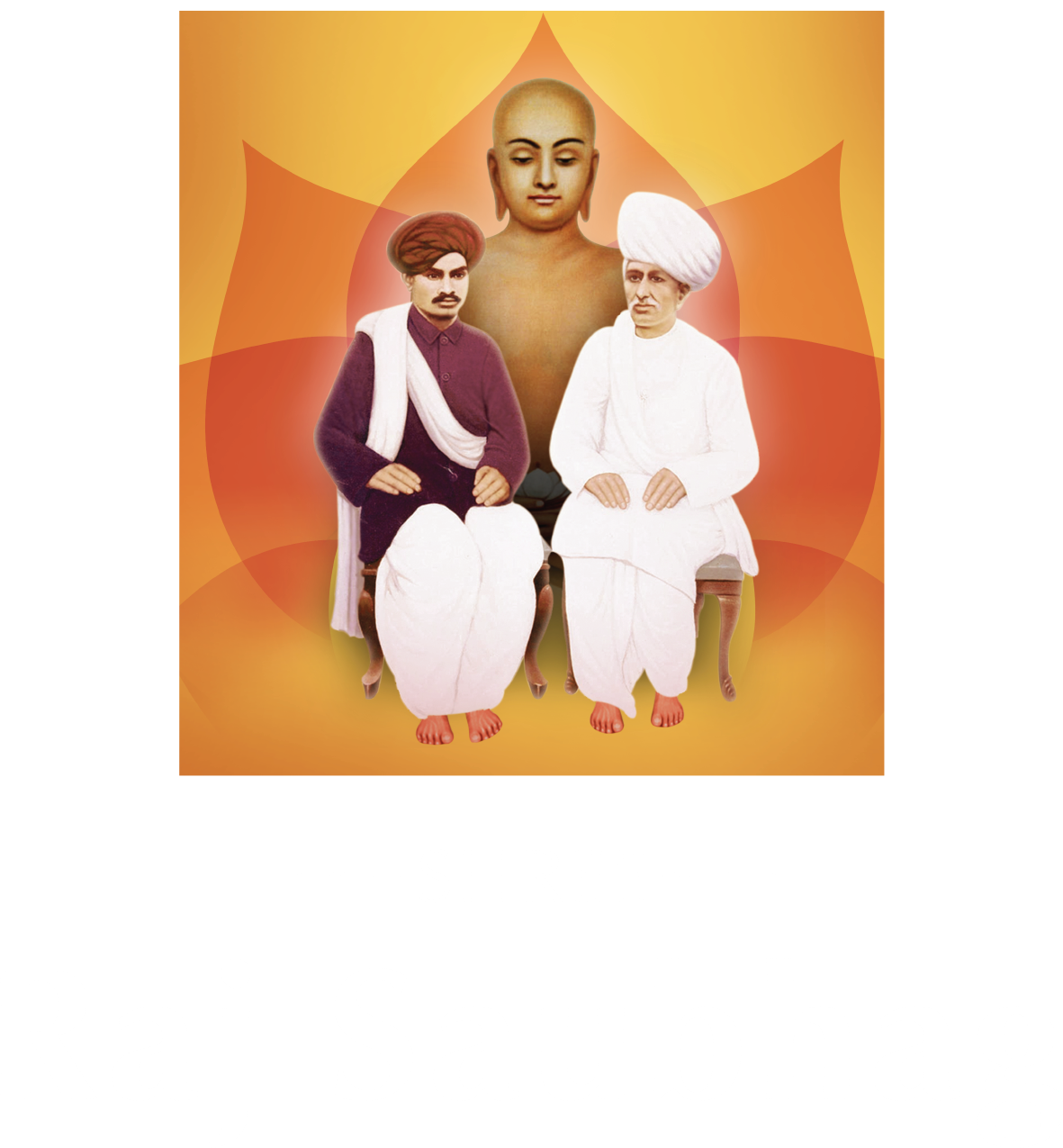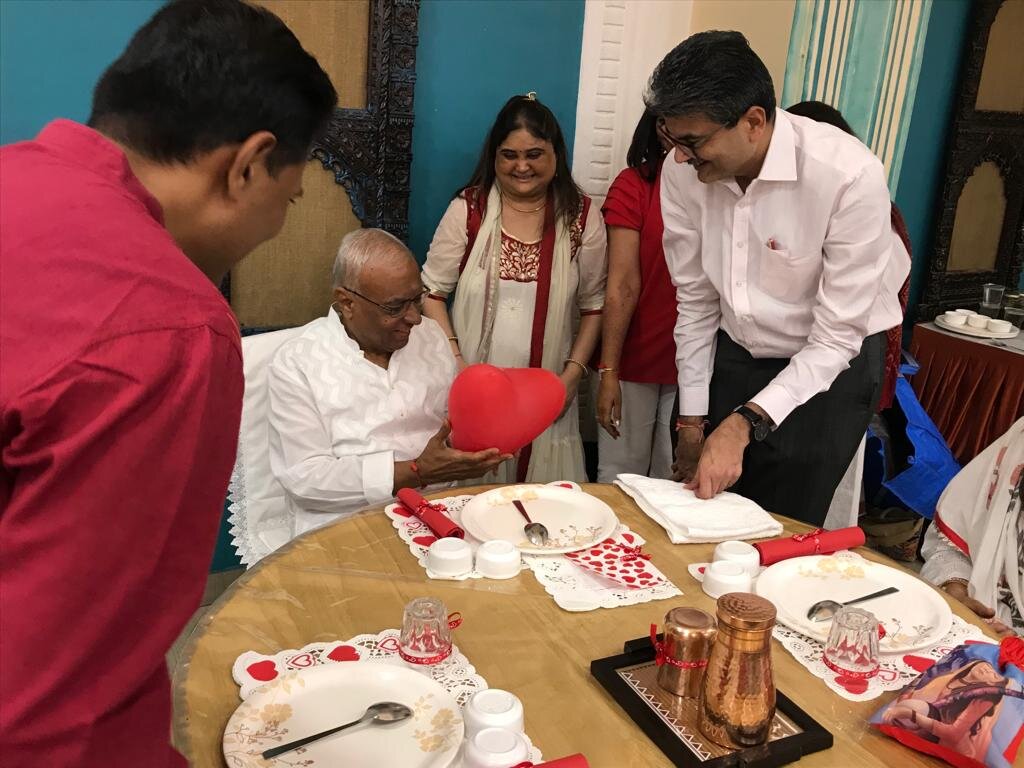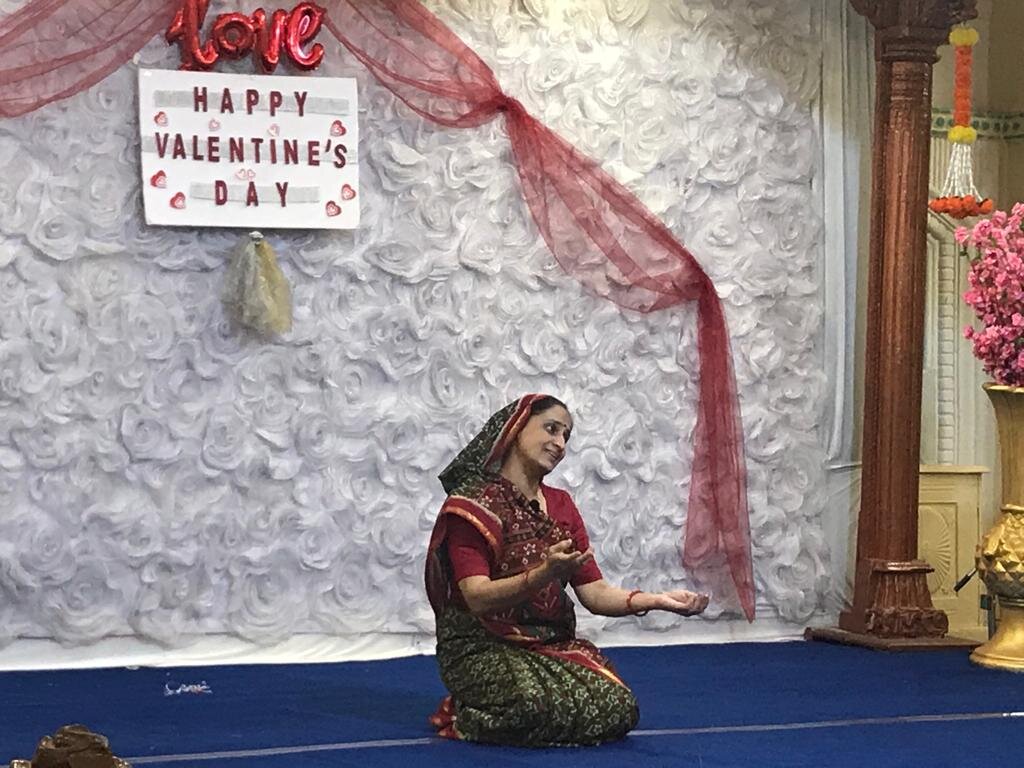Obstacles on the path
We need to discard the obstacles in our path, and so we need to know what these obstacles are. They are:
1 Emotional dependency on the objects and people we consider "ours".
2. Sacrilege (ashaatnaa) towards the teachings of the True God, True Guru and True path to Liberation. Ashaatnaa also means the misuse of objects and offensive behaviour.
3. Disrespectful behaviour towards people and objects.
4. Ego is the most dangerous obstacle on the path to Samyak Darshan. It prevents saadhaks from developing detachment and increases the strength of moh (delusion) on us.
5. Ambition for worldly recognition.
In order to counteract the effects of these obstacles, we need to cultivate certain virtues.
The 5 virtues which help in increasing our sense of detachment and thus help us win over our worldly likes and dislikes are:
1. Feeling immense joy and oneness in listening to the Guru's words.
2. Harboring positive and good thoughts and feelings towards all. When we perform all actions under the guidance of a True Guru and attribute all actions to him, only good thoughts prevail in the mind. This removes any negative feelings towards other saadhaks which in turn helps us to see only the good in them. This helps cultivate pramod bhavana - the feeling of appreciation towards all.
3. Selfless service - When we see only positive things in the people around us, it arouses feelings of servitude and creates a sense of giving service to Guru, monks and other fellow seekers.
4. Correct understanding of the true path.
5. Surrendering oneself completely to the True Guru, True God and True Faith.
Rasikbhai's swadhyay elaborated the points made by Pujya Bhaishree in his swadhyays. He enumerated many points where we struggle and the reasons why our progress is slow sometimes. These are thoughts and actions which we do daily, sometimes even without knowing it. All the above depends upon our level of awareness and we should maintain a keen guard on our thoughts all the time.
Conclusion
Reiterating the importance of Samyak Darshan in all the swadhyays, Param Pujya Bhaishree stressed,
“Samyak Darshan is the grand doorway to Liberation. Since we have all the tools to get to Samyak Darshan, so why shouldn't we do it NOW!!”
Participants felt immense gratitude and love towards Param Pujya Bhaishree and all the Brahmnishths for holding their hand and painstakingly yet selflessly guiding them throughout the seven winter days in Sayla.










































